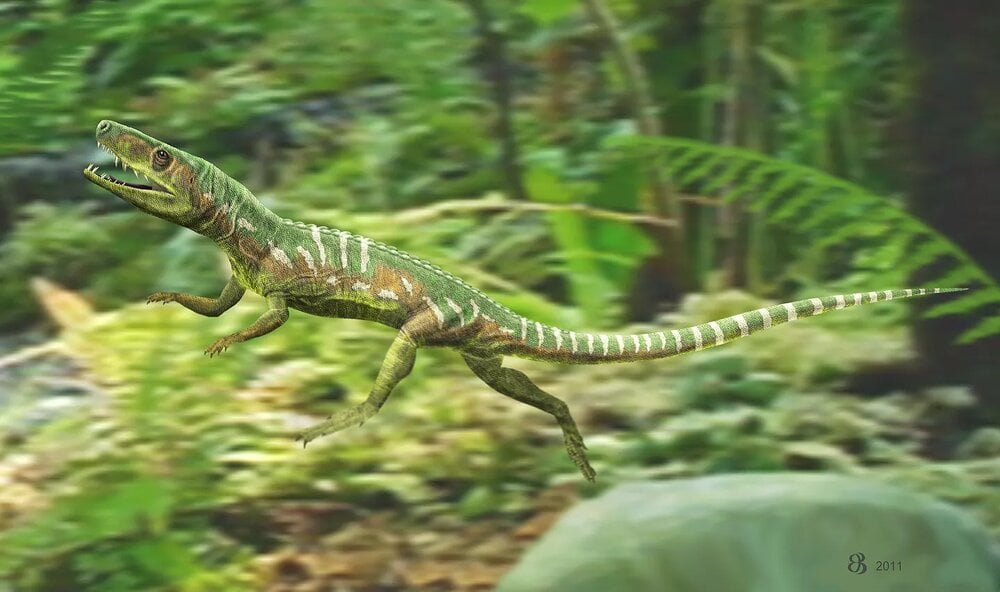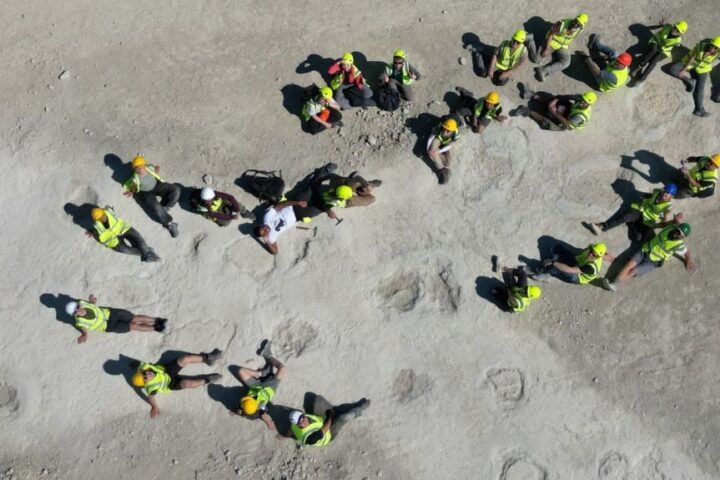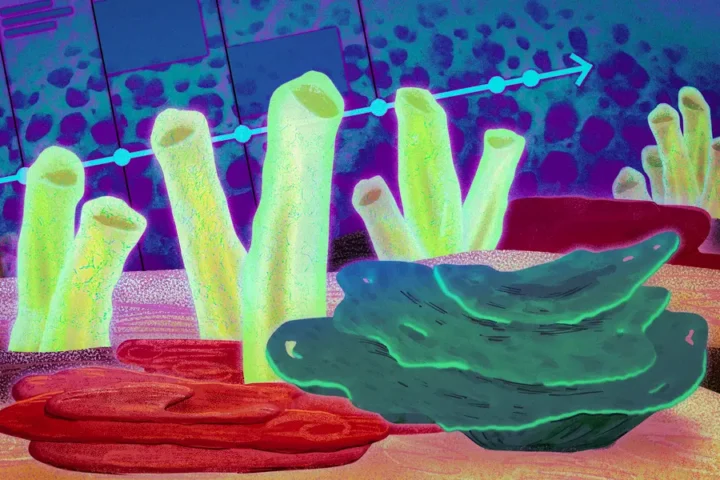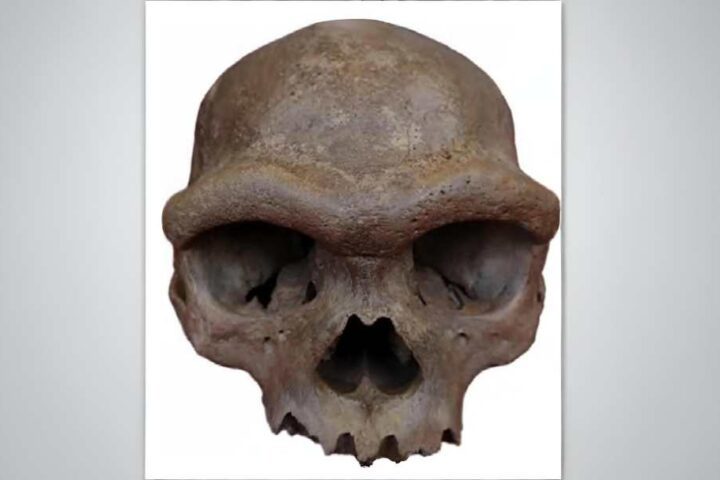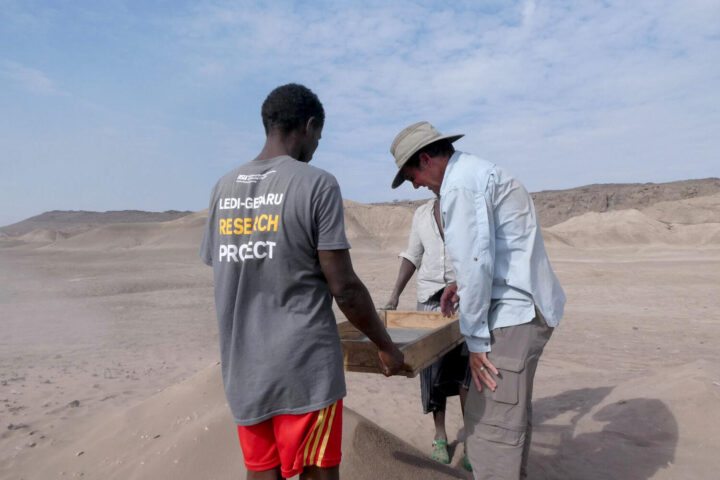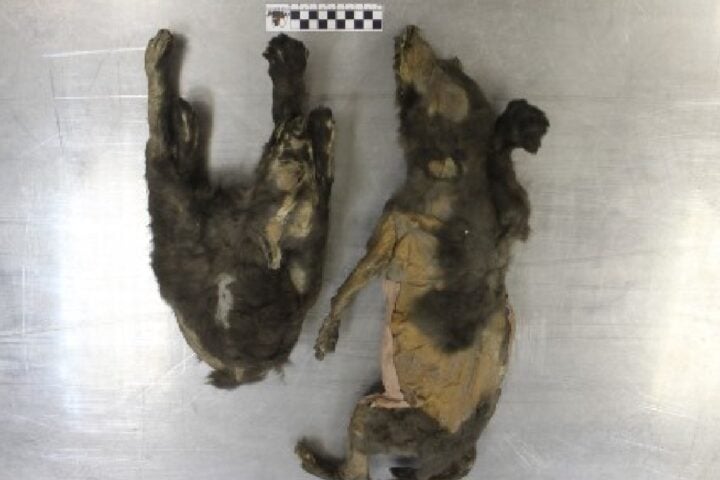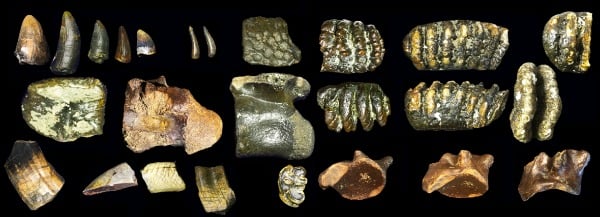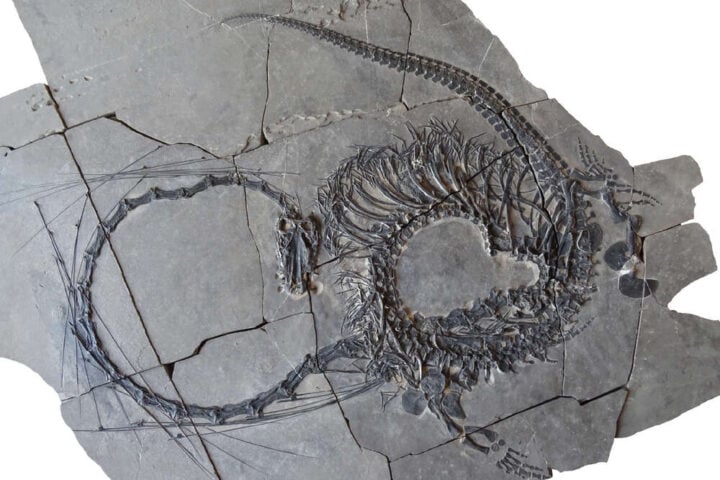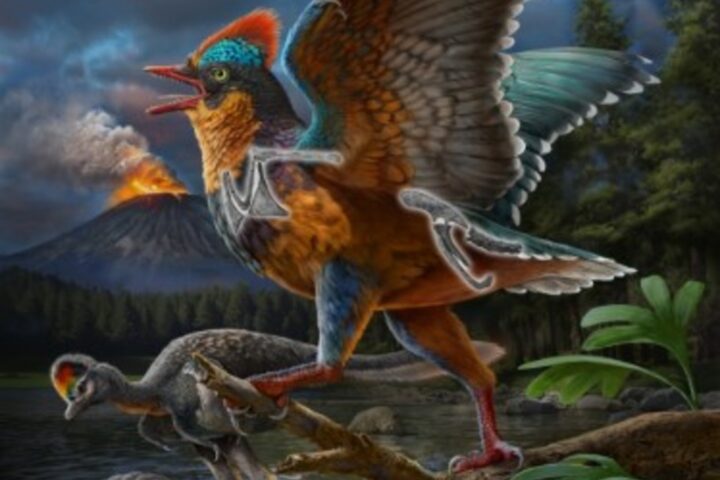A groundbreaking study from the University of Birmingham and University of Bristol has revealed that the ancestors of dinosaurs were far tougher than scientists previously thought. These ancient reptiles, called archosauromorphs, traveled an astonishing 10,000 miles across scorching “dead zones” that were once considered too hostile for life.
Published in Nature Ecology & Evolution on June 11, 2025, the research challenges long-held beliefs about how these creatures survived after Earth’s worst mass extinction 252 million years ago.
“Amid the worst climatic event in Earth’s history, where more species died than at any period since, life still survived,” said Dr. Joseph Flannery-Sutherland from the University of Birmingham, the study’s lead author.
New Understanding of Dinosaur Origins
Before this study, scientists believed early archosauromorphs could only survive in certain cooler regions of the ancient supercontinent Pangea. The tropical areas were thought to be uninhabitable “dead zones” due to extreme heat and arid conditions following the end-Permian mass extinction, which wiped out over 80% of marine species and half of land animals.
The research team discovered that these reptiles—many resembling modern lizards and much smaller than the dinosaurs they would evolve into—weren’t just surviving in comfortable areas. They were crossing vast stretches of hostile terrain that paleontologists once considered impossible to traverse.
“Our results suggest that these reptiles were much hardier to the extreme climate of the Pangaean tropical dead zone, able to endure these hellish conditions to reach the other side of the world,” explained Dr. Flannery-Sutherland.
The TARDIS Model: Filling Fossil Gaps
To make this discovery, researchers developed an innovative computer modeling technique called TARDIS (Terrains And Routes Directed In Space-time). This system combines evolutionary trees with ancient landscape reconstructions to trace how these animals moved across the world during the Triassic period.
Similar Posts
The approach helps solve a major problem in paleontology—gaps in the fossil record. While fossils provide snapshots of ancient life, they can’t show the complete picture of how animals moved and evolved.
“Using our modeling system, we have been able to build a picture of what was happening to the archosauromorphs in these gaps and how they dispersed across the ancient world,” said Dr. Flannery-Sutherland.
Evolutionary Advantage That Changed History
The researchers believe this unexpected ability to endure extreme conditions gave archosauromorphs a crucial advantage that helped them dominate the Triassic world. This resilience ultimately led to the evolution of dinosaurs in the late Triassic, around 240 million years ago.
Professor Michael Benton from the University of Bristol, senior author of the study, emphasized the challenge of reconstructing ancient ecosystems: “It is difficult to integrate our limited and uncertain knowledge about the ancient landscape with our limited and uncertain knowledge about the ecology of extinct organisms. But by combining the fossils with reconstructed maps of the ancient world, in the context of evolutionary trees, we provide a way of overcoming these challenges.”
Why This Changes Our Understanding
This discovery represents a significant shift in how scientists view early reptile evolution and the rise of dinosaurs. Previous theories suggested dinosaurs simply outcompeted other large reptiles, but this research shows that climate adaptation played a crucial role.
The ability to cross harsh environments allowed archosauromorphs to access new ecosystems and resources that other animals couldn’t reach. This gave them ecological opportunities that eventually led to their evolutionary success and the emergence of dinosaurs.

The study also reveals that what scientists once considered barriers to life’s spread may actually have been challenging but navigable corridors that shaped the course of evolution on our planet.
